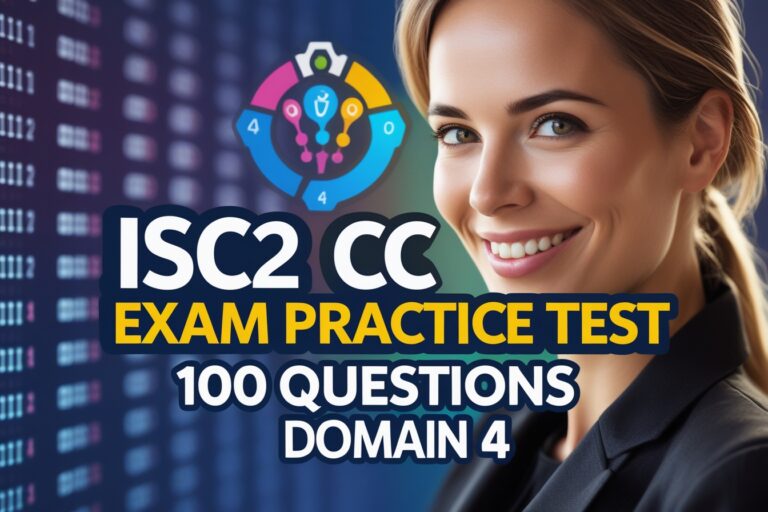1. ………………… cables are very cheap and easy to install, but they are badly affected by noise interference.
A) STP
B) UTP
C) Co-axial
D) Optical Fiber
2. Twisting of wires in twisted pair cable helps to
A) increase the data speed
B) reduce the effect of noise or external interface
C) make the cable stronger
D) make the cable attractive
3. Applications of twisted pair cable is/are
i) In telephone lines to carry voice and data channels
ii) In the DSL line (ADSL)
iii) In the ISDN (Integrated Services Digital Network)
iv) In thick and thin Ethernet
A) i, ii and iii only
B) i, iii and iv only
C) ii, iii and iv only
D) All i, ii, iii and iv only
4. ……………… UTP cables were originally used for voice communication with low data rates.
A) Category 1
B) Category 2
C) Category 1 and 2
D) Category 1, 2 and 3
5. Category 4 UTP cable offers data rates up to …………..
A) 10 Mbps
B) 15 Mbps
C) 20 Mbps
D) 25 Mbps
6. Category 6 UTP cable offers data rates up to …………..
A) 100 Mbps
B) 200 Mbps
C) 300 Mbps
D) 400 Mbps
7. State whether the following statements are True for twisted pair cable.
i) The attenuation of both STP and UTP ii) The cost of UTP is higher than STP iii) The installation of STP is fairly easy than UTP
A) i and iii only
B) i and ii only
C) ii and iii only
D) All i, ii and iii
8. A modulator ……………….. telephone connector is used to connect a four pair twisted pair cable.
A) RJ35
B) RJ45
C) RJ11
D) RJ21
9. ………………….. cable also find application in cable television networks for computer communications.
A) Co-axial
B) UTP
C) STP
D) Optical Fiber
10. ………………… cable suffers more impairment than ……………… cable which in turn suffers more than ……………
A) Co-axial, Twisted, Optical Fiber
B) Twisted, Co-axial, Optical Fiber
C) Co-axial, Optical Fiber, Twisted
D) Twisted, Optical Fiber, Co-axial
11. ………………….. is the overlapping of frequency bands which can distort/wipe-out a signal.
A) Noise
B) Attenuation
C) Interference
D) Distortion
12. State the following statements are True or False for the characteristics of Co-axial cable.
i) Due to the shield provided, this cable has excellent noise immunity
ii) It has large bandwidth and low losses
iii) The attenuation is high as compared to the twisted pair.
A) True, True, False
B) False, True, True
C) True, False, False
D) False, False, True
13. ……………. cable is suitable for point to point or point to multi-point applications. In fact, this is the most widely used medium for local area networks.
A) Optical Fiber
B) UTP
C) STP
D) Co-axial
14. Co-axial cables which are categorized under …………….. RG(Radio Government) ratings used for thick ethernet.
A) RG – 11
B) RG – 12
C) RG – 58
D) RG – 59
15. Co-axial cables which are categorized under …………….. RG(Radio Government) ratings used for cable TV.
A) RG – 11
B) RG – 12
C) RG – 58
D) RG – 59
16. Which of the following is/are the applications of Co-axial cables.
i) In the DSL line ii) Analog telephone networks iii) Thick and thin Ethernet iv) Cable TV
A) i, ii and iii only
B) ii, iii and iv only
C) i, iii and iv only
A) All i, ii, iii and iv
17. The different types of BNC (Bayonet-Neill-Concelman) connectors used for Co-axial cable is/are
i) BNC connector ii) BNC-L connector iii) BNC-T connector iv) BNC terminator
A) i, ii and iii only
B) ii, iii and iv only
C) i, iii and iv only
A) All i, ii, iii and iv
18. The ………………. connector is used in Ethernet networks for branching out a cable for connection to a computer or other devices.
A) BNC connector
B) BNC-L connector
C) BNC-T connector
D) BNC terminator
19. The ……………………. is used at the end of the cable to present the reflection of the signal.
A) BNC connector
B) BNC-L connector
C) BNC-T connector
D) BNC terminator
20. The ……………. cable was initially developed as the backbone of analog telephone networks where a single telephone cable would be used to carry more that 10,000 voice channels at a time.
A) Optical Fiber
B) UTP
C) STP
D) Co-axial
Answers
1. B) UTP
2. B) reduce the effect or noise or external interface
3. A) i, ii and iii only
4. C) Category 1 and 2
5. C) 20 Mbps
6. B) 200 Mbps
7. A) i and iii only
8. B) RJ45
9. A) Co-axial
10. B) Twisted, Co-axial, Optical Fiber
11. C) Interference
12. A) True, True, False
13. D) Co-axial
14. A) RG – 11
15. D) RG – 59
16. B) ii, iii and iv only
17. C) i, iii and iv only
18. C) BNC-T connector
19. D) BNC terminator
20. D) Co-axial








